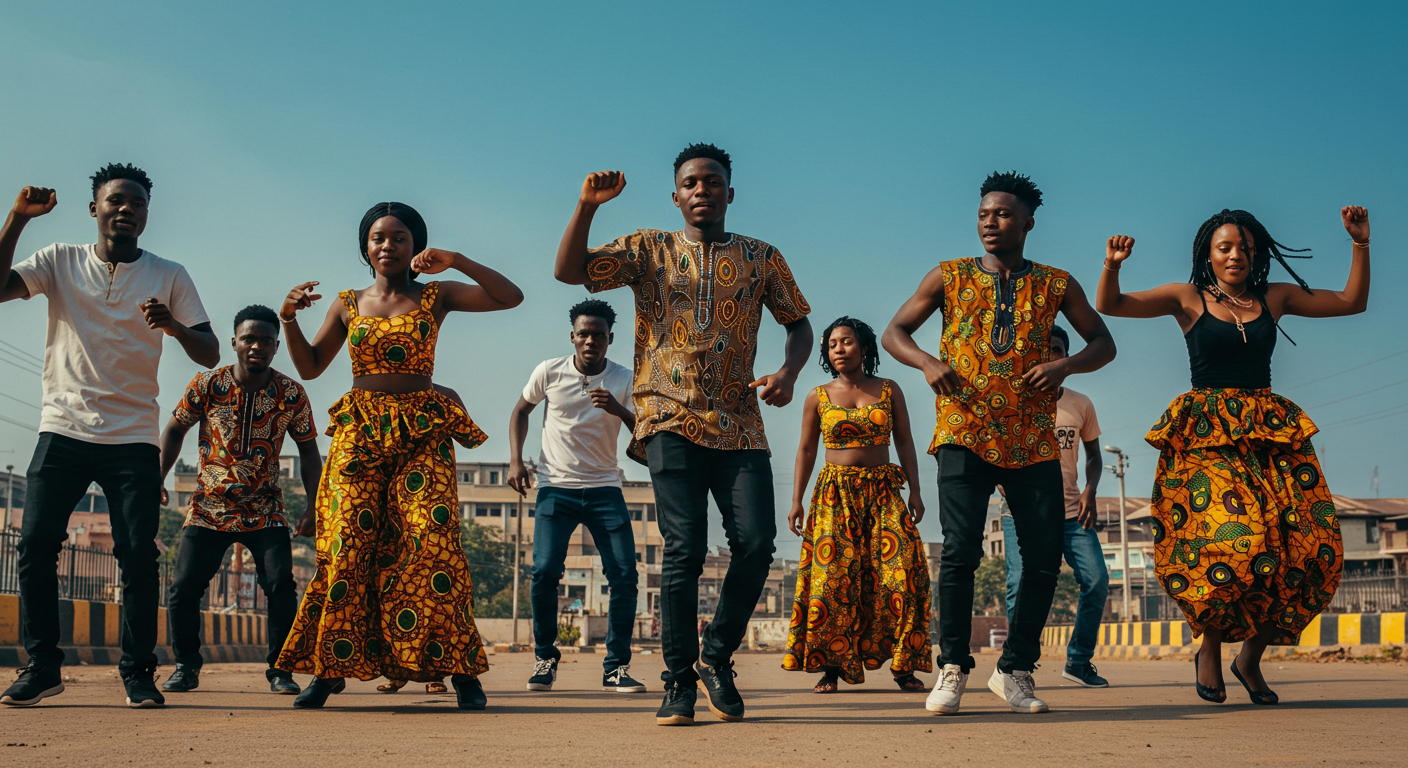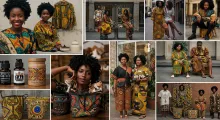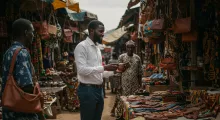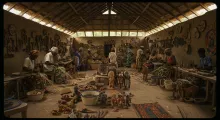In recent years, dance challenges have become a core part of African pop culture — captivating the youth, creating viral sensations, and promoting music across the world. From TikTok trends to global competitions, African dance continues to be a tool for self-expression and cultural pride.
Here are some of the most viral dance challenges that took Africa — and the world — by storm:
1. Jerusalema Challenge (South Africa)
The Jerusalema dance challenge became a global phenomenon in 2020 during the COVID-19 pandemic. Created by South African producer Master KG and singer Nomcebo Zikode, the gospel-influenced hit inspired millions to dance across borders.
It started in Angola with a group of friends dancing to the beat and quickly spread globally — from healthcare workers in Europe to police officers in Canada. It became a symbol of hope, joy, and unity at a difficult time.
2. Kupe Challenge (Ghana/France)
The “Kupe Challenge” blew up thanks to four dancers (Les Twins Africa) who performed slick moves to the song “Kupe” by Ghanaian artist A-Star. It sparked a movement, especially on Instagram and TikTok, with thousands replicating the synchronized choreography.
The dance helped shine light on Afrobeats and Afro-dance culture in Francophone Africa and beyond. Fashion and dance merged here, with clean outfits becoming part of the performance.
3. Zanku (Legwork) Challenge (Nigeria)
Zlatan Ibile’s breakout song "Zanku" introduced “Legwork,” a high-energy, lower-body-focused dance. This challenge took Nigeria by storm, dominating clubs, social events, and social media. The moves became part of everyday culture — even kids and grandmas joined in.
The dance became so popular that it influenced brand marketing, political campaigns, and even religious events.
4. Shaku Shaku (Nigeria)
Before Zanku, there was Shaku Shaku — a street dance that originated from the slums of Lagos. The raw, freestyle moves became a viral trend thanks to artists like Slimcase and Olamide. The dance reflected the vibrant energy of the streets and was embraced for its authenticity.
Shaku Shaku wasn’t just a dance; it was a cultural wave that inspired music videos, movies, and even art installations.
5. Skelewu (Nigeria)
Back in 2013, Davido’s “Skelewu” came with its own official dance, which quickly went viral. It marked one of the first major instances of an African artist creating a structured dance challenge to promote a single.
Skelewu’s online dance competition drew submissions from across Africa and the diaspora. It set a precedent for using dance as a strategic promotional tool.
6. Focalistic’s “Ke Star” Dance (South Africa)
As Amapiano gained global traction, Focalistic’s “Ke Star” became one of the songs that sparked a dance movement. The hip-swaying, footwork-heavy style was adopted by dancers globally. The choreography was spread widely on TikTok and Instagram Reels.
This further positioned Amapiano not just as a sound, but as a culture — complete with signature moves.
7. Odi Dance Challenge (Kenya/Uganda)
“Odi Dance” is a Kenyan urban dance popularized by the group Odi Wa Murang’a. It merged gospel and street dance in a unique way, often performed in churches, schools, and social gatherings. The Odi Challenge spread across East Africa, often performed in uniforms, with hundreds of schoolchildren taking part.
8. Gwara Gwara (South Africa)
Gwara Gwara, popularized by DJ Bongz and later by Rihanna on the Grammy stage, is one of South Africa’s most iconic dances. The move involves a deep knee bend and shoulder isolation and has been used by international artists like Childish Gambino and BTS.
It became a global export, reminding the world that African dance is not just entertainment — it’s innovation.
What Makes These Challenges Go Viral?
Music: The infectious rhythms of Afrobeats, Amapiano, and other African genres drive the dances.
Simplicity + Skill: The best challenges are easy enough for everyone, but hard enough to impress.
Community: Dance connects generations, social groups, and cultures.
Visibility: Platforms like TikTok, Instagram Reels, and YouTube Shorts amplify visibility, making local moves go global.
Celebrity Push: When stars or influencers jump on a challenge, it skyrockets.
Conclusion
African dance challenges continue to shape global pop culture. More than trends, they are tools of cultural storytelling — showcasing African rhythm, resilience, and creativity to the world.



